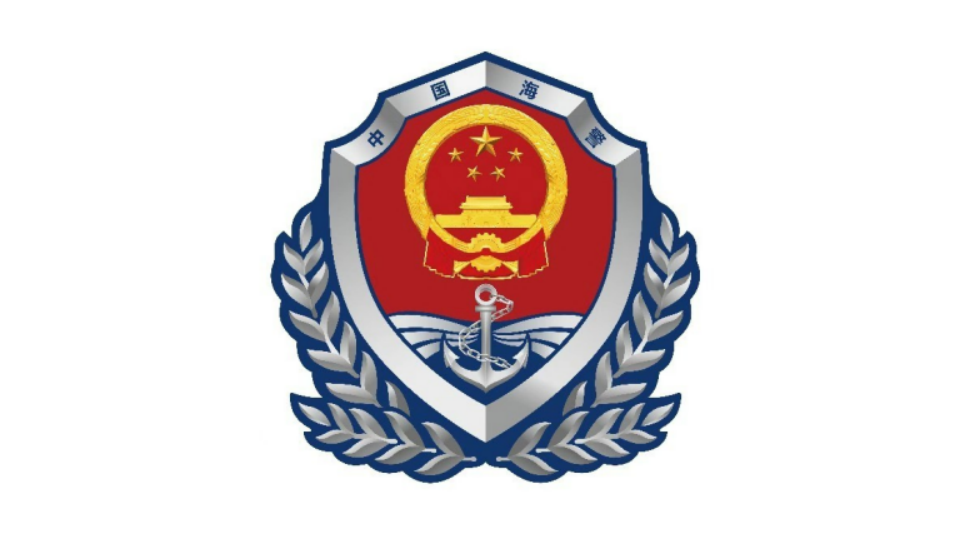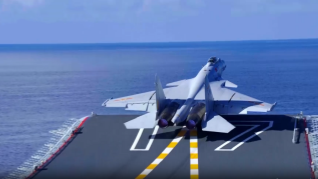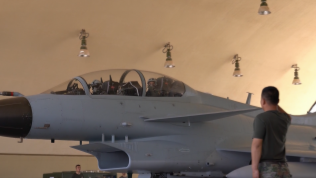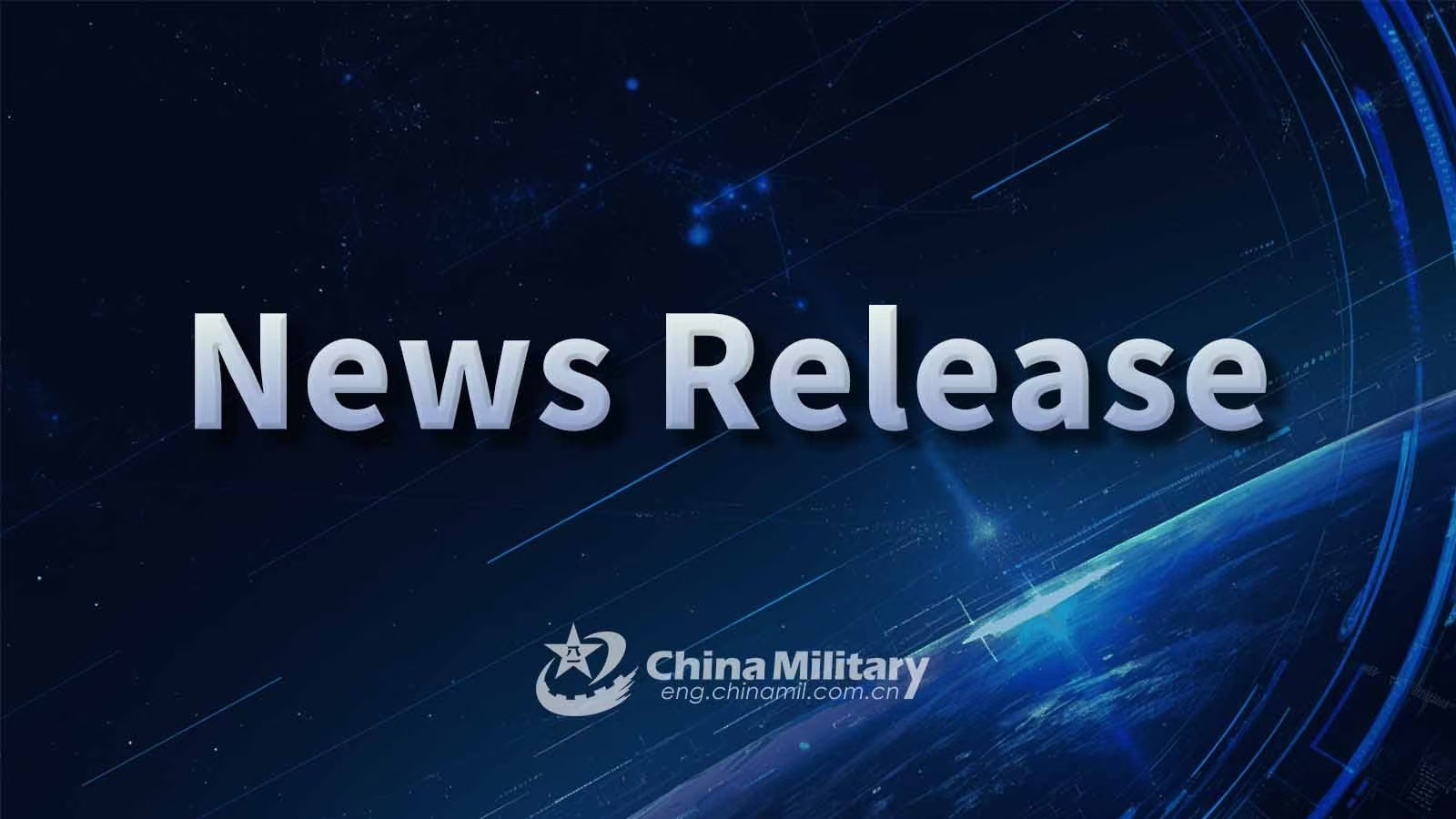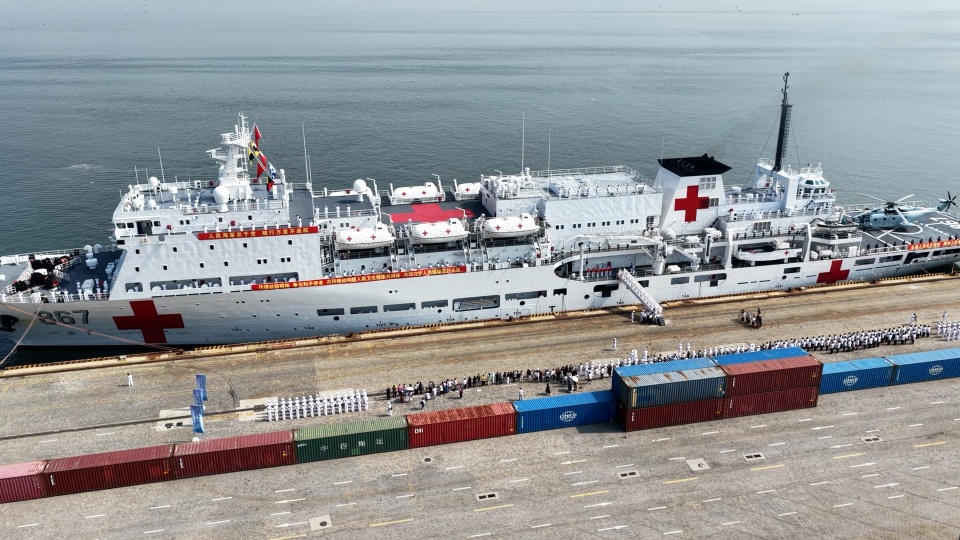By Zhang Jiadong
According to a recent report by The Wall Street Journal, the US is undertaking a major upgrade of the High Mobility Artillery Rocket System (HIMARS), equipping it with new Precision Strike Missiles (PrSM) to enable strikes against moving maritime targets. This upgrade will enhance both the range and accuracy of the system and marks a shift in HIMARS from a land-based fire support role to an integrated land-sea combat system. Such a change is not only a tactical and technical adjustment, but also reflects a broader transformation in US maritime military strategy.
The US Navy is renowned for its aircraft carrier strike groups and long-range missiles, but it has long exhibited a significant weakness in close-range naval combat. This deficiency stems from the strategic priorities that shifted after the Cold War. It has focused more on blue-water control and long-range deterrence rather than close-quarters engagement in confined waters. Traditional weapons such as the Tomahawk cruise missiles and the Standard Missile series excel at long-range precision strikes, but have proven inadequate in countering highly mobile assaults, such as swarm-style attacks, by forces like the Houthis in Yemen. The range of the US Navy’s shipborne artillery is limited. Although anti-ship missiles like Harpoon missiles are effective, their mobility and high cost constrain their ability to adapt to complex terrain and evolving modes of warfare.
In this context, the US Navy has to seek support from the Army. HIMARS is known for its high mobility and precise guidance functionality. It is capable of launching a variety of rockets and missiles, with ranges spanning from several dozen to several hundred kilometers. According to relevant reports, the US has already tested the rapid deployment of HIMARS using transport platforms such as the C-130J during joint exercises with Australia and the Philippines. This upgrade has already transformed HIMARS from a powerful land warfare asset into an important supplementary system for maritime operations, marking an effort by the US military toward cross-service interoperability of its weapons systems.
What warrants attention is that the HIMARS upgrade may not primarily serve the US Navy’s own maritime capabilities. In the Indo-Pacific region, especially in the Western Pacific, the US tends to spread risk through its network of allies. The US will likely export HIMARS or transfer related technology to countries such as Australia, Japan, and the Philippines, thereby forming a collective security network. Previous reports indicated that Australia plans to purchase a large number of HIMARS systems and will cooperate with the US in the development of the PrSM. In demonstrations involving the US and Australian militaries, Australian forces simulated strikes on maritime mobile targets using land-based systems, showing significantly improved accuracy. This is no longer simply a matter of military assistance or cooperation, but rather a transfer of capabilities to allies. The US is actively pushing its allies to build land-based anti-ship networks, trying to enhance their ability to block key international sea lanes, like straits.
From a strategic perspective, the US has long been reluctant to become directly involved in ground wars. Instead, it prefers to integrate allied military forces through technology transfer and arms exports, and position allies at the front lines of conflict. This has been reflected in both the Russia-Ukraine war and the conflict between Israel and Iran. While the US upgrade of HIMARS may enhance the maritime capabilities of its allies, the direct objective is to strengthen deterrence against strategic adversaries. However, this move is bound to deteriorate the security order in relevant maritime regions, provoke vigilance and reactions from other countries, and potentially trigger further naval arms races.
The US upgrade of HIMARS is a response to changes in the international landscape and the evolving nature of great power competition. It signifies a shift in US military posture from symmetrical warfare to intelligent, asymmetric operations, aiming to control key sea lanes through a network of islands and to constrain the freedom of maritime maneuver of its rivals. Although this may amplify US influence at sea, it will also generate new risks and undermine the existing maritime security order. In the long run, the peaceful settlement of problems through dialogue instead of arms race is the key to maintaining maritime security and stability.
(The author is a professor of the Center for American Studies, Fudan University)
Editor's Note: Originally published on opinion.huanqiu.com, this article is translated from Chinese into English and edited by the China Military Online. The information and opinions in this article do not necessarily reflect the views of eng.chinamil.com.cn.






